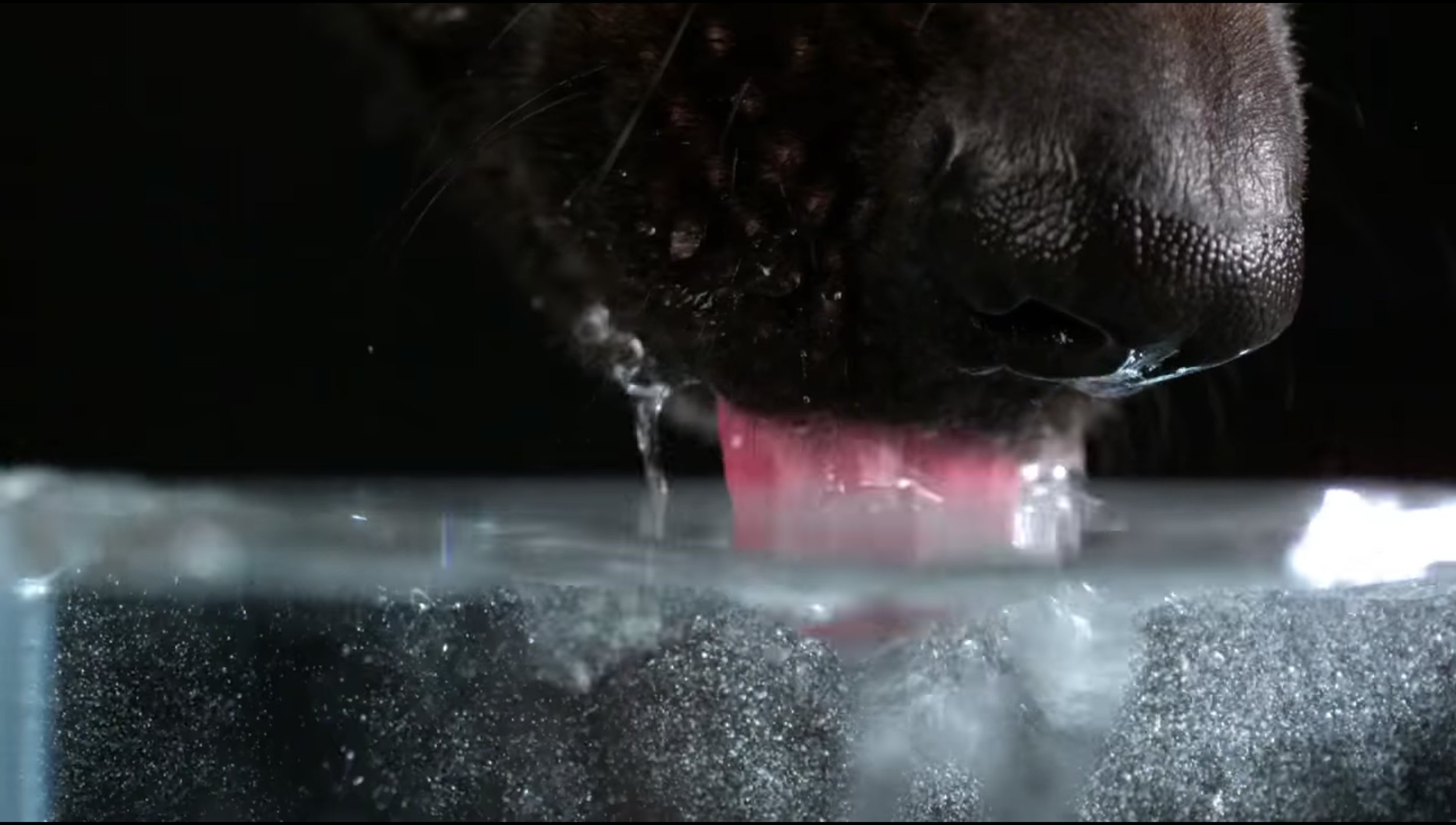What do dogs, water and the Fibonacci sequence have in common?
The Fibonacci Sequence
You might have heard about this before, the Fibonacci sequence, but what is it exactly?
The Fibonacci sequence is a series of numbers where a number is found by adding up the two numbers before it. Starting with 0 and 1, the sequence goes 0, 1, 1, 2, 3, 5, 8, 13, 21, 34, and so forth.
Named after Fibonacci, also known as Leonardo of Pisa or Leonardo Pisano, Fibonacci numbers were first introduced in his Liber abaci in 1202. The son of a Pisan merchant, Fibonacci traveled widely and traded extensively. Math was incredibly important to those in the trading industry, and his passion for numbers was cultivated in his youth.
Knowledge of numbers is said to have first originated in the Hindu-Arabic arithmetic system, which Fibonacci studied while growing up in North Africa. Prior to the publication of Liber abaci, the Latin-speaking world had yet to be introduced to the decimal number system. He wrote many books about geometry, commercial arithmetic and irrational numbers.
Fibonacci spiral
Fibonacci numbers appear everywhere in nature, from sunflowers to hurricanes to galaxies. Sunflowers seeds, for example, are arranged in a Fibonacci spiral, keeping the seeds uniformly distributed no matter how large the seed head may be.
Sunflower seeds arranged in the Fibonacci spiral
A Fibonacci spiral is a series of connected quarter-circles drawn inside an array of squares with Fibonacci numbers for dimensions. The squares fit perfectly together because of the nature of the sequence, where the next number is equal to the sum of the two before it. Any two successive Fibonacci numbers have a ratio very close to the Golden Ratio, which is roughly 1.618034. The larger the pair of Fibonacci numbers, the closer the approximation. The spiral and resulting rectangle are known as the Golden Rectangle.
The Fibonacci Spiral
Fibonacci spirals and Golden spirals appear in nature, but not every spiral in nature is related to Fibonacci numbers or Phi. Most spirals in nature are equiangular spirals, and Fibonacci and Golden spirals are special cases of the broader class of Equiangular spirals. An Equiangular spiral itself is a special type of spiral with unique mathematical properties in which the size of the spiral increases but its shape remains the same with each successive rotation of its curve. The curve of an equiangular spiral has a constant angle between a line from origin to any point on the curve and the tangent at that point, hence its name. In nature, equiangular spirals occur simply because they result in the forces that create the spiral are in equilibrium, and are often seen in non-living examples such as spiral arms of galaxies and the spirals of hurricanes. Fibonacci spirals, Golden spirals and golden ratio-based spirals often appear in living organisms.
The shapes of spiral galaxies, such as Messier 74, and hurricanes, such as Hurricane Irene, follow the Fibonacci sequence.
Credit: Left: NASA/ESA/Hubble Heritage Team. Right: NASA NOAA GOES Project
The Golden Ratio is denoted by the Greek letter phi. Greek architects used the ratio 1:phi as an integral part of their designs, including the Parthenon in Athens. Though this was not consciously used by Greeks or artists, the Golden Rectangle does appear in the Mona Lisa and other Renaissance art works. Phi is also the ratio of the side of a regular pentagon to its diagonal. The resulting pentagram forms a star, which is the star seen on many flags.
Fibonacci Spiral & Water
We all see it when we empty the bath tub or a sink from water, the last spiral of water going down the drain. That is a Fibonacci spiral!
As the Fibonacci spiral is usually found in living organisms, could this mean water is a living organism? For something to be a living organism it needs the following attributes:
All life forms contain deoxyribo nucleic acid, which is called DNA.
All life forms have a method by which they take energy from the surroundings, and convert it into energy that helps them live.
All life forms can sense changes in their surroundings and respond to those changes.
All life forms reproduce
If we look at the way scientists would qualify a living organism, then water is not qualified as a living organism. But maybe, science still needs to catch up on the magic world of water, as there is still so much to discover! For example, water plays a vital role in DNA as water molecules surround the genetic material DNA in a very specific way. Scientists have discovered that, on the one hand, the texture of this hydration shell depends on the water content and, on the other hand, actually influences the structure of the genetic substance itself. These findings are not only important in understanding the biological function of DNA; they could also be used for the construction of new DNA-based materials. For a more detailed explanation check these articles here and here.
Water is life
Without water we can not exist. The body can survive weeks without solid food but only days without water. Our body consists mainly of water, the basic for physiological reactions and metabolic support. Thus, in order to keep fit and healthy we should provide to our body the amount of water that it requires daily to avoid dehydration. Water carries nutrients to all organs, the nervous feeds, ensuring capacity and reproductive functioning of all cells, helps blood and lymph to fulfil the "mission" and regulates body temperature.
Water is the substance of the body fluids: digestive juices, blood, urine, lymph, sweat, etc. Water also plays an important role in the dissolution and transport of various nutrients such as vitamins, minerals or carbohydrates and oxygen and contributes the elimination of toxins through the kidneys, intestines, skin and lungs.
Natural spring water
We know that water takes its nutrients from their surroundings. Natural spring water passes through rocks and soil and picks up various minerals, which affect its pH. Naturally-occurring mineral water contains alkalizing compounds, such as calcium, silica, potassium, magnesium, and bicarbonate. Spring water with naturally occurring minerals seems to be the healthiest type of alkaline water source. This quest of water, through the natural geometric shapes of nature has a direct health effect on water. And the sacred geometry of the Fibonacci shape in the journey of water seems to bring a harmonic vibration in the process.
Sacred Geometry
Sacred geometry is an ancient science, a sacred language, and a key to understanding the way the Universe is designed. It is the study of shape and form, wave and vibration, and moving beyond third dimensional reality. It is the language of creation, which exists as the foundation of all matter, and it is the vehicle for spirit. It has been called the “blueprint for all creation", the divine rhythm which results in manifest experience.
How dogs drink water
So what have dogs to do with this whole story? Dogs curve their tongues backwards in a ladle-shape to snatch a little more liquid from each tongue dunk. When they rip their tongues out of the water, they cause a significant amount of acceleration — about five times that of gravity. A water column floats into the air, and the dog chomps down to catch the water.
So what does that shape look like? That's right... ;-) Nature works in magnificent ways.
Article: Elizabeth Plokker
Sources:
https://www.goldennumber.net/spirals/
https://www.researchgate.net/post/Is_water_is_a_living_thing
https://www.quora.com/How-do-water-molecules-interact-with-DNA
https://www.sciencedaily.com/releases/2011/04/110426091122.htm
https://www.livescience.com/37470-fibonacci-sequence.html
http://blogs.discovermagazine.com/d-brief/2014/11/25/how-dogs-drink-revealed-in-super-slo-mo-video/
https://www.livestrong.com/article/498701-what-are-the-benefits-of-drinking-alkaline-water/
More videos
Interested to learn a bit more? Check out these vids!




